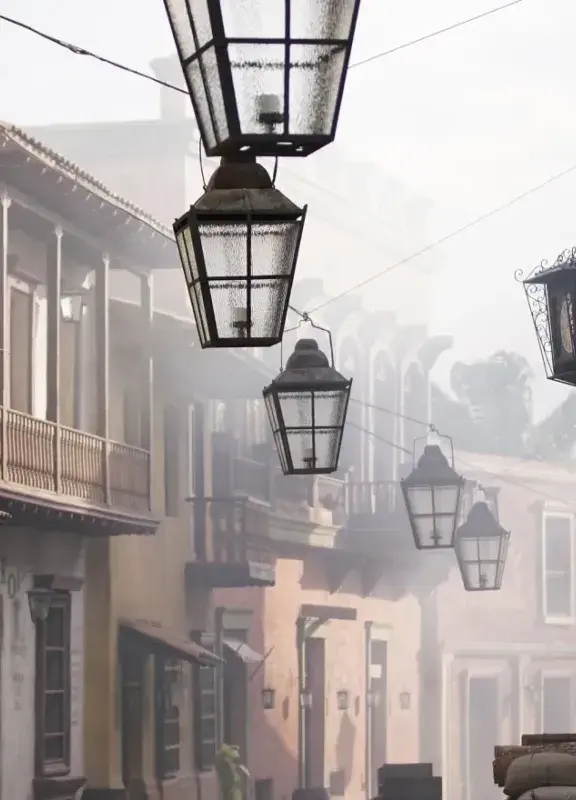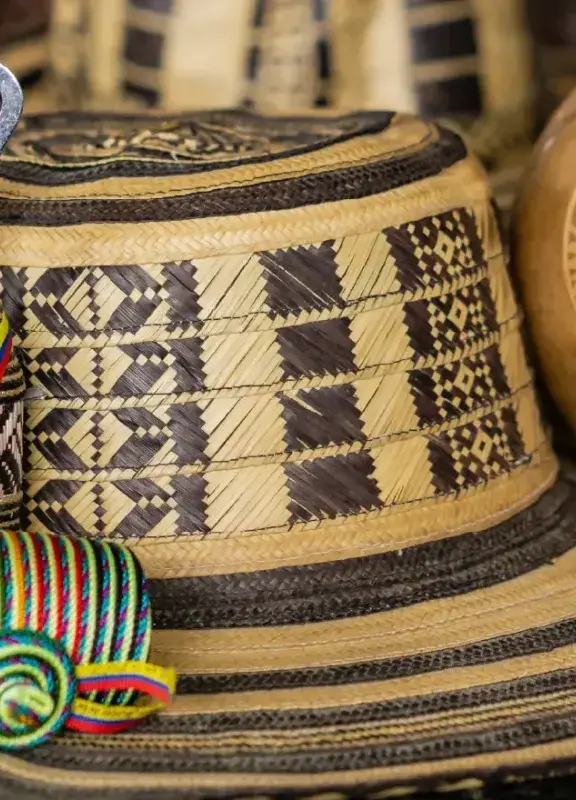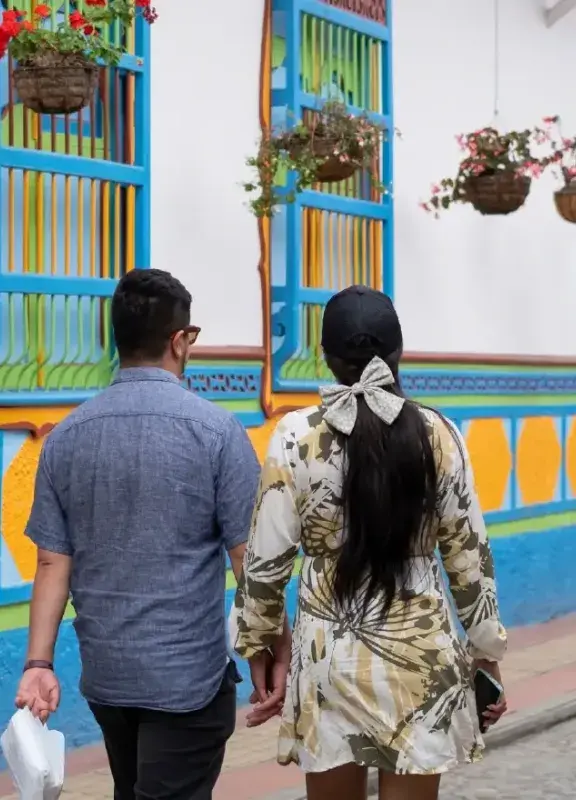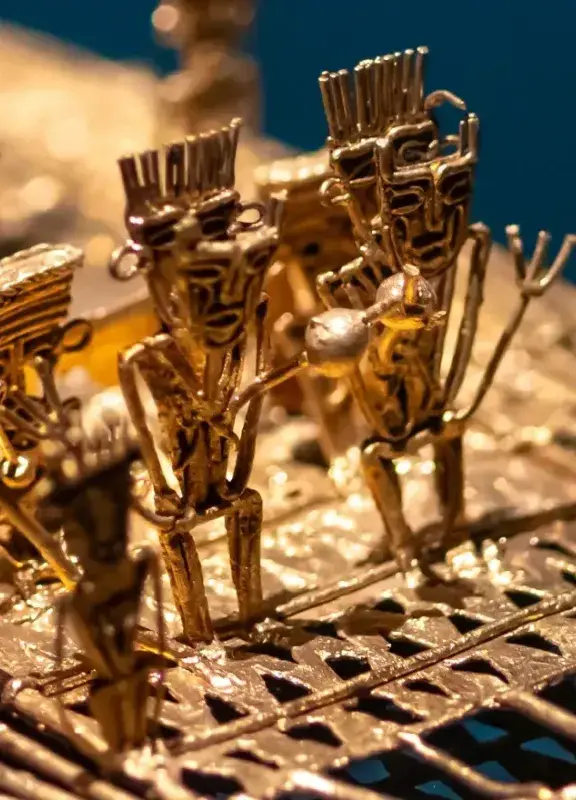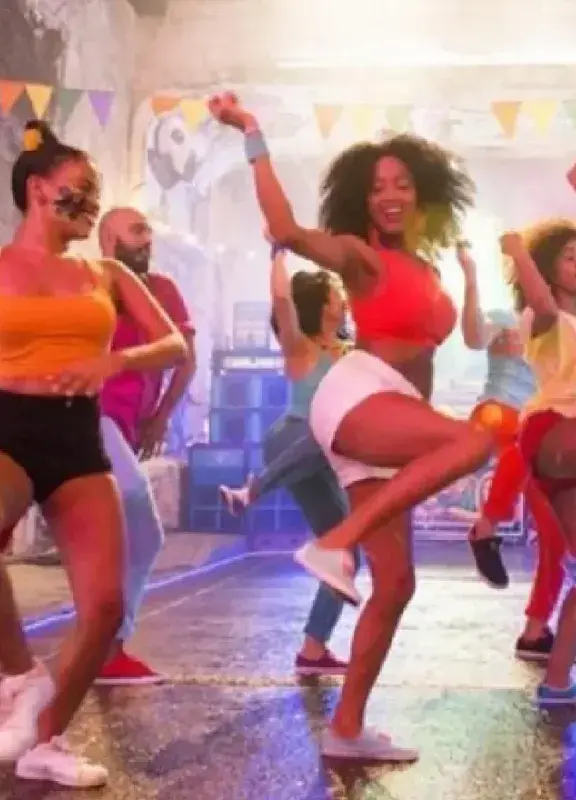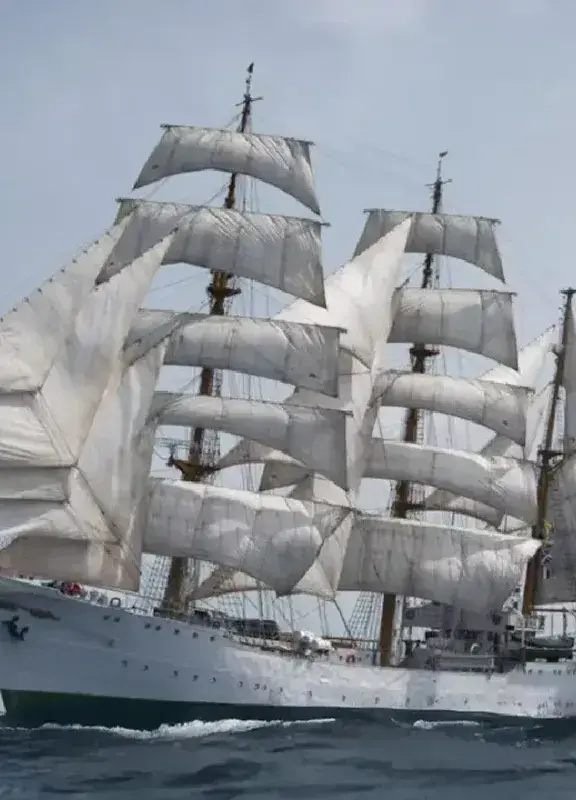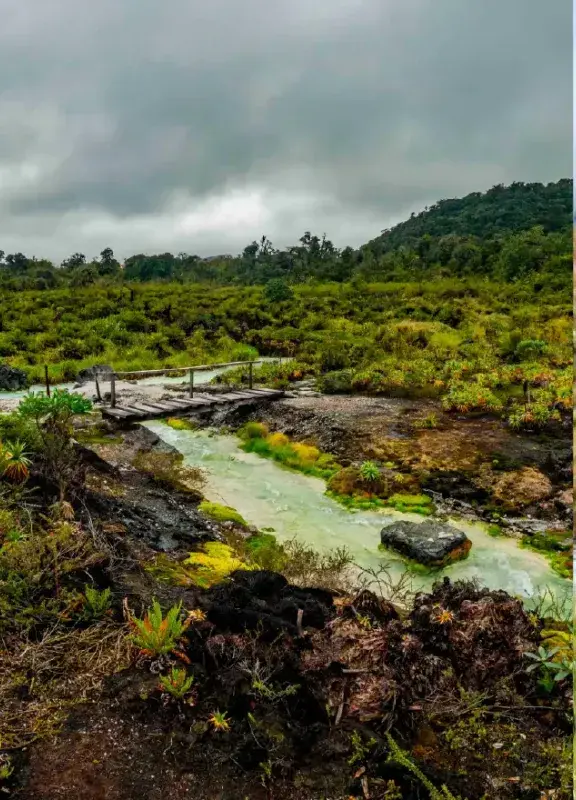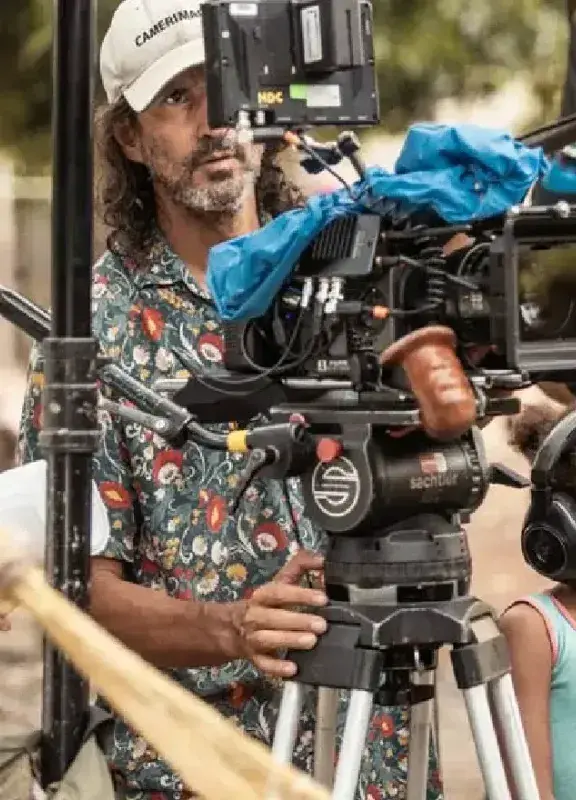Folklore: a journey through the regions of Colombia
Discover how Colombian folklore is experienced in each region of the country, from its music and handicrafts to its most representative festivals and cultural displays.
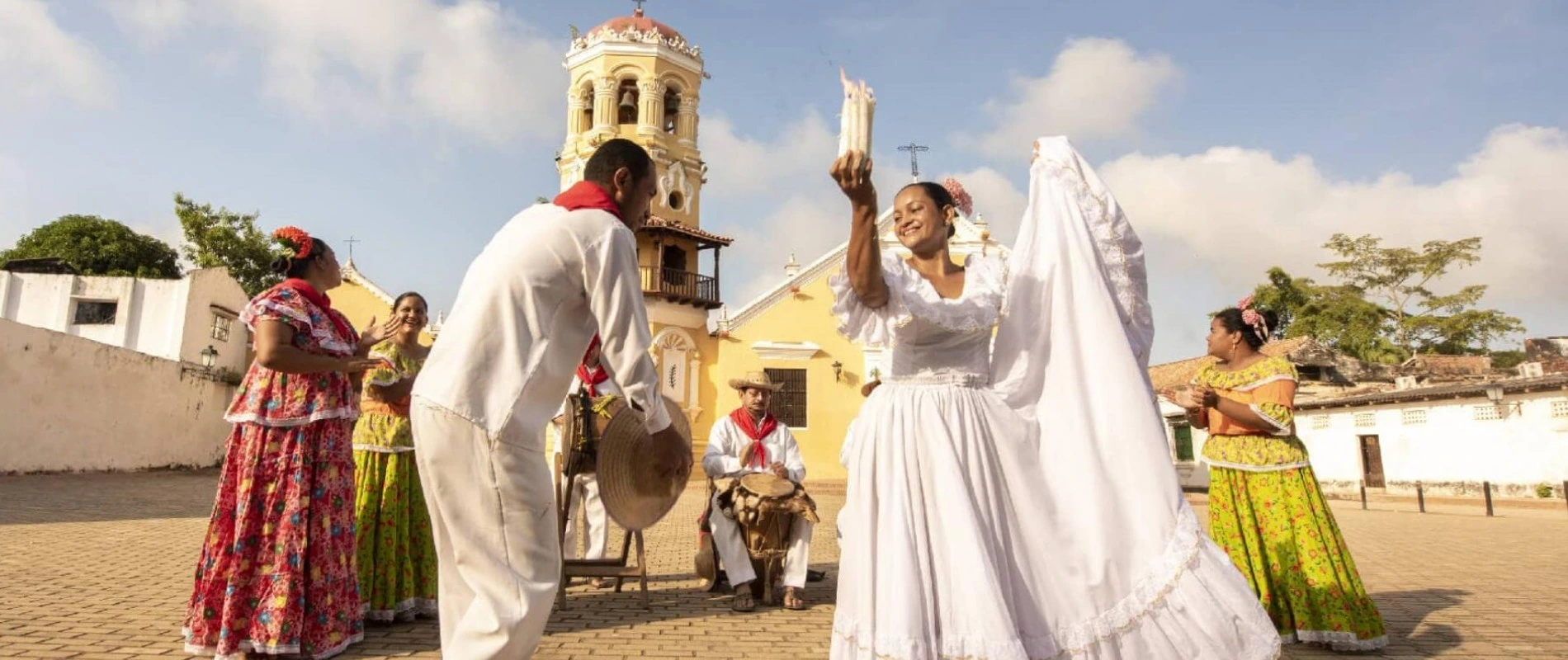
The Colombian folklore is a rich and diverse cultural manifestation that varies from one region to another, reflecting the ethnic and historical plurality of the country. From the handicrafts of the Caribbean to the melodies of the Andes, every corner of Colombia preserves unique traditions that celebrate our identity. In this journey, we invite you to discover how folklore is expressed through music, traditions, and some demonstrations amidst a vibrant cultural heritage.
Greater Colombian Caribbean
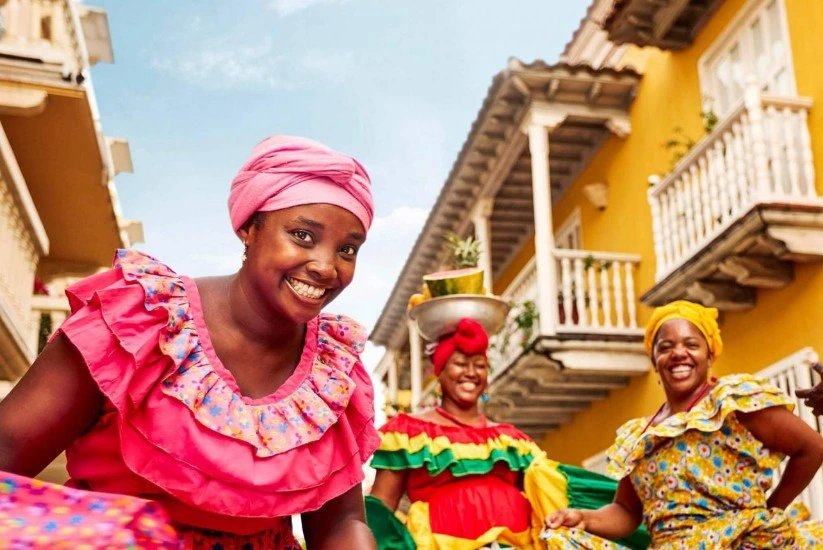
The Gran Caribe Colombiano is home to fascinating celebrations and cultures. Here, carnivals and music are a vivid display of Colombian folklore. For example, in Bolívar, there is a great diversity of festivals that promote art and literature. And if we move to La Guajira, the Wayúu with their mochilas, hats, blankets, hammocks, and chinchorros pass down indigenous knowledge, leaving their cultural legacy through handicrafts recognized in Colombia and around the world. Other folkloric demonstrations from this region include:
Jayeechi: It is an autochthonous chant from La Guajira in which thoughts, feelings, and emotions are conveyed. A Jayeechi is a sung story or experience.
Festival de la Leyenda Vallenata: It is the greatest celebration of popular folk culture and is held in Valledupar. The best composers and performers of the different vallenato styles—merengue, puya, paseo, and son—gather there.
Festival Nacional de la Cumbia: This festival, held in Banco, Magdalena, pays tribute to the legacy of maestro José Benito Barros Palomino with music, dance, and other oral traditions.
Colombian Pacific
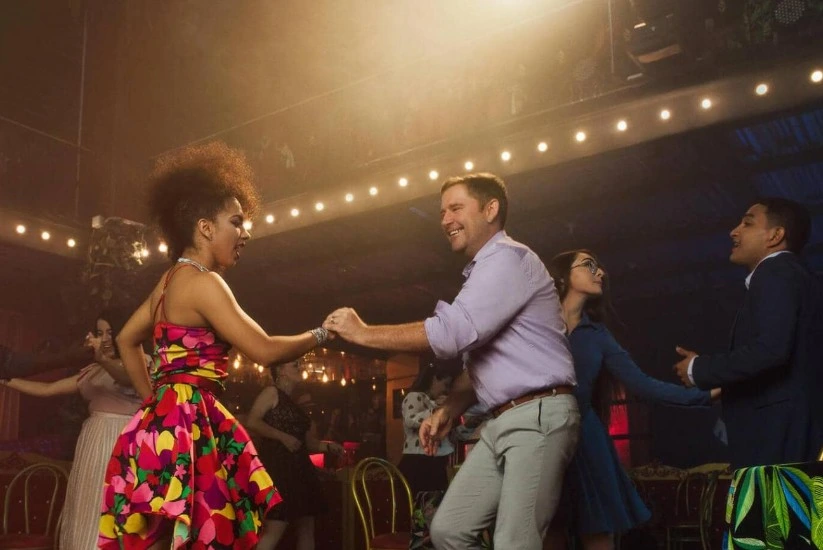
Amidst biodiverse jungles and a vast ocean lies a land that breathes Afro-descendant and ancestral heritage, with a world-class cultural offering. In Valle del Cauca, music, dance, and popular art are reflected in every corner of the territory. Through these lands also runs the DNA of salsa and other rhythms like bambuco, Chocoan polka, currulao, and bunde—all stemming from the enriching fusion of African and indigenous cultures. Here are some festivities from this region that celebrate Colombian folklore:
Feria de Cali: The Salsódromo, the Classic and Antique Car Parade, the Gran Verbena, and many more events are celebrated from December 25 to 30 at the Feria de Cali in Colombia; the city’s biggest event, showcasing the folklore and culture of its people.
Festival de Música del Pacífico Petronio Álvarez: This festival takes place every August in Cali. It is a window that showcases the music, gastronomy, handicrafts, and ancestral knowledge of the country’s Afro-descendant culture to the world.
Festival de la Migración: With the arrival of whales and turtles to the coasts of Nuquí, in Chocó, the Migration Festival is celebrated, aiming to raise awareness among residents and travelers about the importance of caring for nature.
Colombian Western Andes
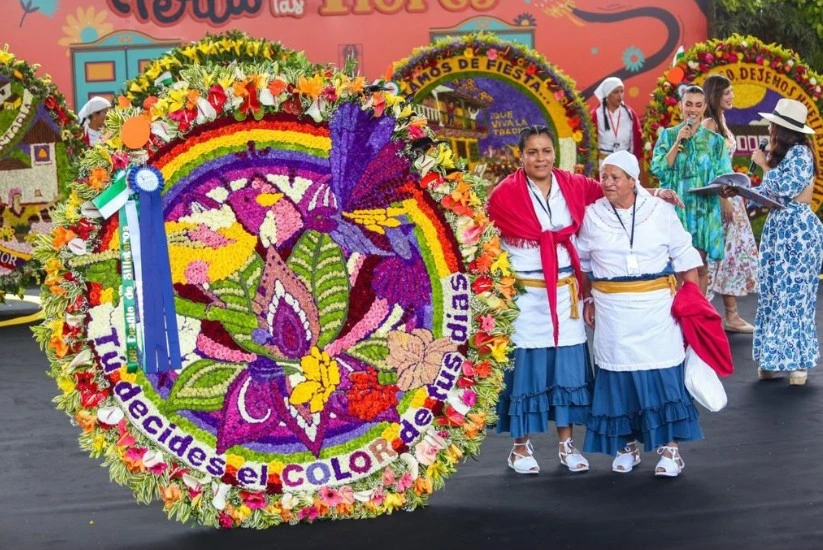
Amid the charm of coffee-scented mountains and brightly colored villages lies a land that breathes history and reflects many of the paisa traditions. Venturing into this region of the country means immersing yourself in coffee culture. Cultural expressions like the Aguadeño hat, the silleteros, and the haciendas are clear examples of Colombian folklore in this region. Other demonstrations of the folklore of the Andes Occidentales Colombianos include:
Desfile del Yipao: The streets of Santa Rosa de Cabal fill with color thanks to the presence of the iconic Jeep Willys. There, the vehicles become the stars of a vibrant parade that pays tribute to the coffee tradition, carrying both the history and joy of its people.
Feria de las Flores: One of the most important events in Medellín, as it embodies all the values of the Antioquian people. This fair features a series of activities that highlight regional traditions, such as the Desfile de Silleteros.
Fiesta Nacional del Café: This celebration pays homage to the rich culture and unmatched quality of Colombian coffee. Amid colorful parades, artistic expressions, and vibrant concerts, a festival declared a Tourist Resource and Cultural Heritage of the Quindío Department comes to life.
Colombian Eastern Andes
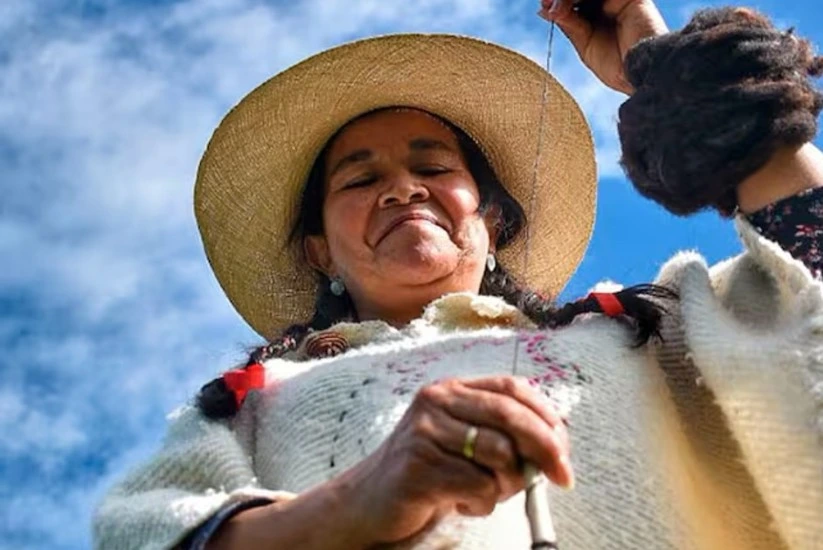
In this region of Colombia, colonization and the liberation route began. The capital of Bogotá boasts a wide cultural offering, and Norte de Santander has a rich ancestral indigenous heritage. In the Andes Orientales Colombianos, folklore is alive thanks to various artistic manifestations, as Cundinamarca holds a great historical legacy inherited from the Muisca culture.
The region offers a wide variety of tourist attractions linked to its indigenous legacy, such as the mystical Laguna de Guatavita and the imposing Salto del Tequendama. In the Boyacá department, representative symbols of the region stand out, such as the ruana, the characteristic “sumercé,” and carranga music. Undoubtedly, in every corner of this region, Colombian folklore is intensely experienced. Here are some other cultural manifestations:
Festival de la Ruana y el Pañolon: One of the most important cultural manifestations in Paipa and Boyacá. This festival pays tribute to two of the most commonly used garments in the region: the ruana and the pañolón. It also features textile displays, cultural events, and showcases of dances and handicrafts.
El Sanjuanero: El Sanjuanero is one of the greatest displays of cultural richness of the Neiva population, characterized by its joy and contagious rhythm. It is especially heard during the San Juan and San Pedro festivities.
Festival Carranguero de la Cucharita de Oro: Held in Tunja, this festival honors the region’s peasants. It brings together exhibitors and musicians of the genre in a celebration full of carranga and multiculturalism.
The Colombian Massif

In the Macizo Colombiano, ancestral knowledge remains alive. In the Cauca territory, there is a significant community of Guambiano and Misak indigenous people with traditions and beliefs that endure despite the passage of time. Additionally, Payan artisans, indigenous people, and peasants create handicrafts that play a key role in the region. Among the most notable are tímbio baskets, wood carvings, woven mochilas with indigenous iconography, and Misak hats. Below are other cultural manifestations:
Festival de Negros y Blancos: Declared Oral and Intangible Heritage of Humanity by UNESCO and Cultural Heritage of Colombia, it is one of the country’s most emblematic festivities, featuring activities such as the Castañeda Family Parade, Black Day, White Day, and the Grand Parade, where impressive artistic floats travel through the streets of Pasto.
Carnaval de Pubenza: It seeks to highlight the cultural tradition of the inhabitants of the Cauca capital. During this event, attendees enjoy parades, troupes, dances, and artistic exhibitions.
Fiestas del Vaupés: These celebrations reflect the traditions of indigenous cultures and mestizaje. They include the Integration of the Colonies Festivals and December offerings.
The Colombian Amazon-Orinoco
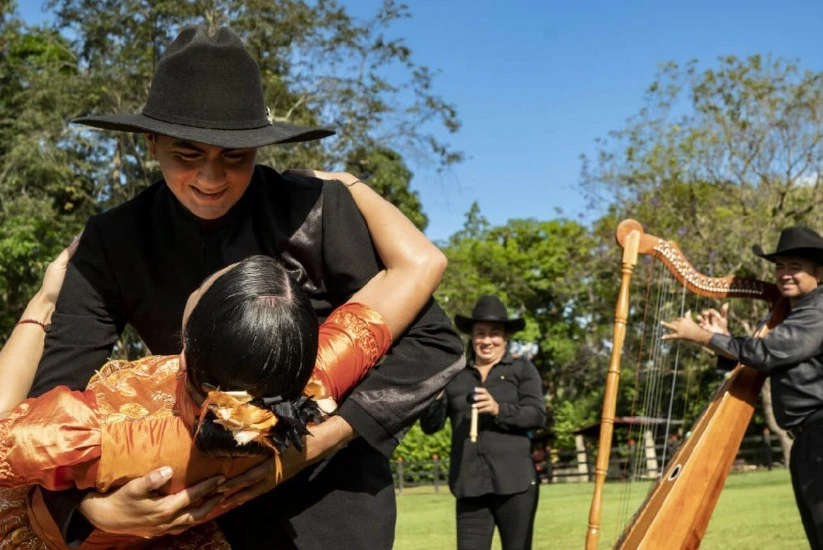
In the Amazonía – Orinoquía Colombiana, the well-known llanera culture is found. The joropo has kept the region’s traditions strong through events like the Festival Internacional del Rodeo de Tauramena and the Festival Cimarrón de Oro, a cultural heritage of Colombia. In these lands, the crafting of artisanal items includes pieces made from leather, bone, wood, and natural fibers.
In Putumayo, the richness of its multiculturalism is celebrated, while in Arauca, the llaneros bring songs, poems, and stories inspired by their experiences along the majestic Río Arauca to life, its waters serving as the source of compositions that resonate during cattle herding and other daily activities. Other cultural representations include:
Festival Internacional de Música Popular Amazonense “El Piracucú de Oro”: Celebrated in Leticia, Colombia, it is a tribute to the cultural diversity of the region.
Joropo Llanero: It is a traditional dance and musical genre very important in llanero folklore. It is characterized by its fast and lively rhythm, accompanied by instruments like the harp, cuatro, and maracas. It is a cultural expression that reflects the identity and tradition of the llanero people.
Related Articles
 Welcome, you are in
Welcome, you are in 



